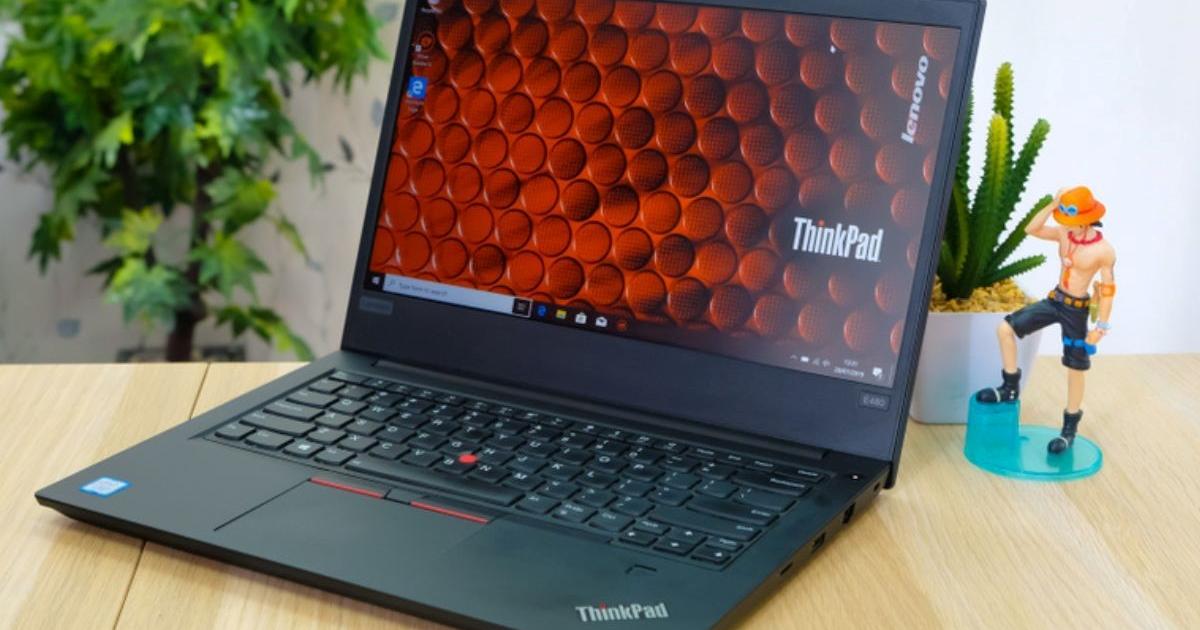Enlarge image
Lots of connection options: What would you like today?
And what in a few years?
Photo: c't
The USB universal interface is one thing: On the one hand, it's a tremendous success.
On the other hand, it has caused confusion for years.
The compact USB-C socket, for example, enables flexible extensions even with flat notebooks, tablets and smartphones.
Proprietary docking stations for notebooks are superfluous.
More and more devices can be charged via USB-C socket, in the future even thick gaming notebooks with 240 watts of power.
And Thunderbolt and USB-C are merging ever closer from USB4 onwards.
However, cryptic version designations such as USB 3.2 Gen 2x2 and USB4 2.0 leave buyers at a loss.
Laypeople can hardly see through that behind the USB 3.2 Gen 1 transfer mode is the twelve-year-old SuperSpeed technology with 5 Gbit/s, i.e. simply USB 3.0.
Or that an SSD with USB 3.2 Gen 2x2 manages 20 Gbit/s, but often only delivers 10 Gbit/s on a USB4 socket.
The specification defines too few binding criteria, which invites manufacturers to trickery.
But what exactly is going on with the connections?
Here is an overview of the most important trends at the moment:
More speed!
The 5 Gbit/s transfer mode introduced with USB 3.0 in 2008 transfers a maximum of around 480 MB/s, which is still sufficient for magnetic hard drives today.
In order to exhaust fast data transfer modes with 10 Gbit/s (around 1 GB/s, USB 3.2 Gen 2) or even 20 Gbit/s (2 GB/s, USB 3.2 Gen 2x2), you either have to connect two SATA SSDs to RAID 0 or use an M.2 SSD with a PCI Express controller.
PCIe 2.0 x4 with just under 2 GB/s is sufficient for this.
Many currently sold USB SSDs deliver a maximum of 1 GB/s via 10 Gbit/s transfer mode, which also works via USB-A connector.
From 20 Gbit/s you need USB-C.
Quick check: The USB4-SSD Orico MTQ-40G
expand pane
Enlarge image
Photo: c't
ExpandProperties pane
Ideally, the Orico MTQ-40G shovels more than 3 GB/s via the USB interface.
In certain practical benchmarks, some SSDs with the USB 3.2 Gen 2x2 interface, which is nominally only half as fast, are faster.
The SSD has two controllers installed.
On hosts with USB4 or Thunderbolt 3, it uses the Intel controller JHL7440, otherwise the PCIe USB bridge JMicron JMS583.
Measurements on USB ports with versions 3.2 Gen 1 and Gen 2 brought the expected results of around 400 MB/s and around 1 GB/s respectively, the SSD does not support the USB 3.2 Gen 2x2 mode.
Our test sample did not work on USB 2.0.
At 360 euros, the Orico MTQ-40G is very expensive for an external 1 TB SSD.
USB4 allows up to 40 Gbit/s, the upcoming USB4 2.0 even 80 Gbit/s.
So far, however, there are no "real" USB4 SSDs, only those with Thunderbolt 3 (TB3) technology.
Because USB4 is compatible with TB3.
Currently available USB4-SSDs therefore also run on pure TB3 hosts.
In order to exhaust the possible transfer rates beyond 3 GB/s with 40 Gbit/s, the host PC must have a fast SSD with at least PCIe 3.0 x4 - the copied data has to flow from somewhere.
Intel recently demonstrated Thunderbolt 5, also with 80 Gbit/s.
But that's still music of the future.
flexibility
Monitors can also be connected to the PC or notebook via USB-C and TB.
With USB-C, cheap DisplayPort adapters are sufficient.
However, the maximum data rate of the video signals that the output can deliver limits the resolution and the frame rate.
Often it is only enough for a single display with 4K resolution and 60 Hertz.
Quick Check: The SanDisk Extreme Pro Portable SSD V2
expand pane
Enlarge image
Photo: c't
ExpandProperties pane
The SanDisk Extreme Pro Portable SSD V2 not only has a USB 3.2 Gen 2x2 controller, but also fast TLC NAND flash memory.
It thus achieves high speeds even with very long write processes;
with other SSDs, the SLC cache has long since been full.
However, the high speed is also accompanied by high power consumption.
The SanDisk SSD consumed around three watts when idling, other USB SSDs get by with less than one watt and empty notebook batteries are slower.
Attention: We also found slower SSDs with the same name that only work with 10 Gbit/s.
In principle, USB4 and TB3 also allow the connection of PCI Express (PCIe) components, but this is only useful in special cases.
External boxes for graphics cards are expensive and bulky, and even TB4 is a PCIe data rate bottleneck.
TB4 can do more than USB4, such as more cleverly split the transmission capacity between video and USB signals.
In addition, more functions are mandatory for TB4, such as the connection of two external displays.
But for many applications, USB4 is completely sufficient.
supercharger
The USB-C socket is becoming established as a charging connection for mobile devices.
The latest specification for USB Power Delivery (USB-PD) enables up to 240 watts of power, which is also sufficient for thick gaming notebooks.
Most USB-C power supplies deliver a maximum of 100 watts per socket, above 60 watts it gets a little complicated.
Because relatively strong currents have to flow for this, special cables with electronic marking chips in the plug (e-cable) are required.
Quick Check: A 120-watt USB-C power adapter
expand pane
Enlarge image
Photo: c't
ExpandProperties pane
The Anker 737 GaN Prime charger with gallium nitride transistors is quite compact and light for a 120 watt power supply.
It has two USB-C sockets and one USB-A port.
The USB-C ports each deliver a maximum of 100 watts, the USB-A port 22.5 watts when only one device is connected to the power supply.
In certain combinations of devices, the 737 GaN Prime delivers up to 120 watts total, but not to a single device.
The USB-C power adapter usually worked without problems with devices that support USB-PD, such as notebooks and smartphones from Apple and Samsung.
However, a Lenovo Legion 5 Pro did not load at all despite the USB PD.
The power adapter also struggled with the proprietary charging protocols of smartphones (e.g. from Asus and OnePlus).
Because physics cannot be tricked, high-powered USB-C power adapters are bulkier, heavier, and more expensive than weaker ones.
But there is a trend towards more compact and lighter power supplies that work with particularly low-loss switching transistors: namely those made of gallium nitride (GaN) or silicon carbide (SiC).
This is gradually becoming noticeable in notebooks as well;
some current 13-inch business devices come with compact 65-watt chargers with GaN technology.
maturing time
Although USB4 and TB4 as well as USB-PD with 240 watts are already on the market, they are not yet fully developed.
For optimal compatibility with these latest standards, it is therefore advisable to buy components from a single source for the time being, for example to also use a TB4 dock and a Dell power supply unit for a Dell notebook.
Nothing breaks with third-party accessories, but the data transfer rates or loading speeds are often lower than expected.
Things run much smoother with USB with 10 Gbit/s and charging power of up to 60 watts, as well as with TB3.
The USB innovations still need a little time to mature.








